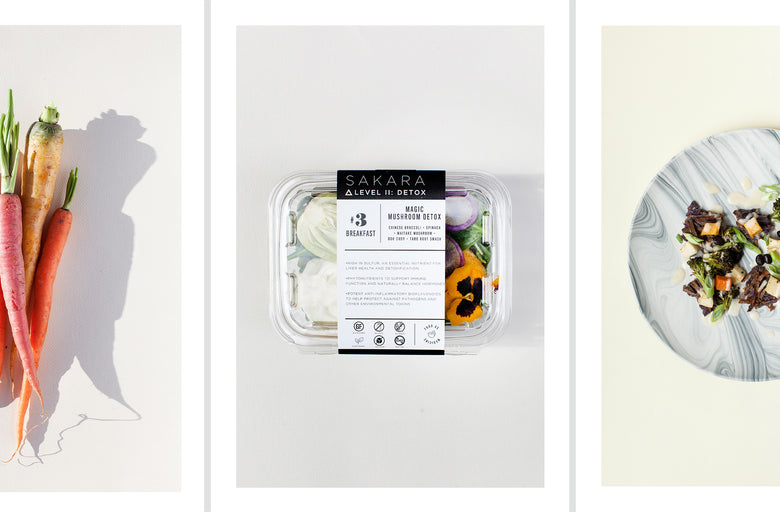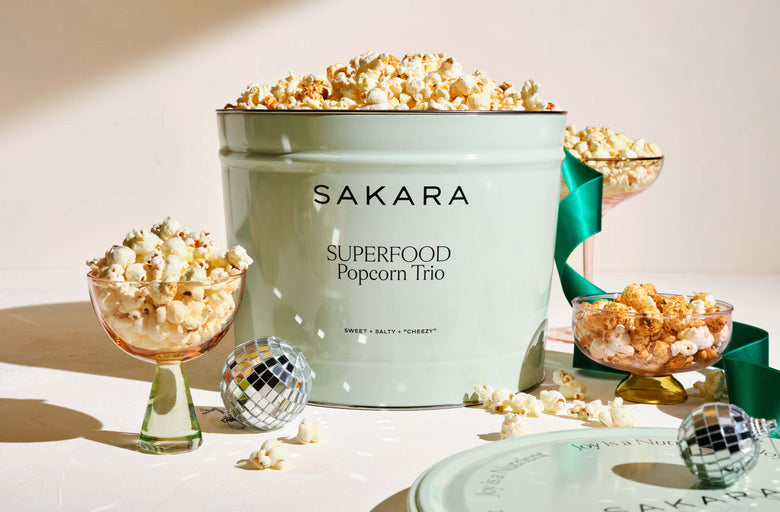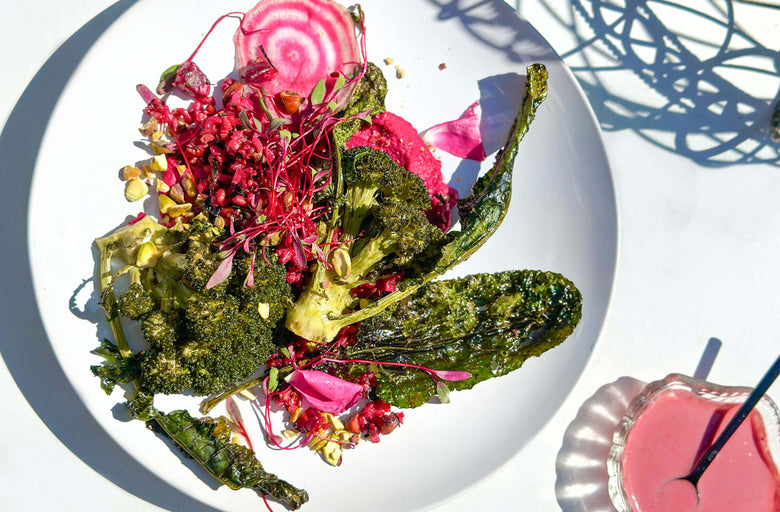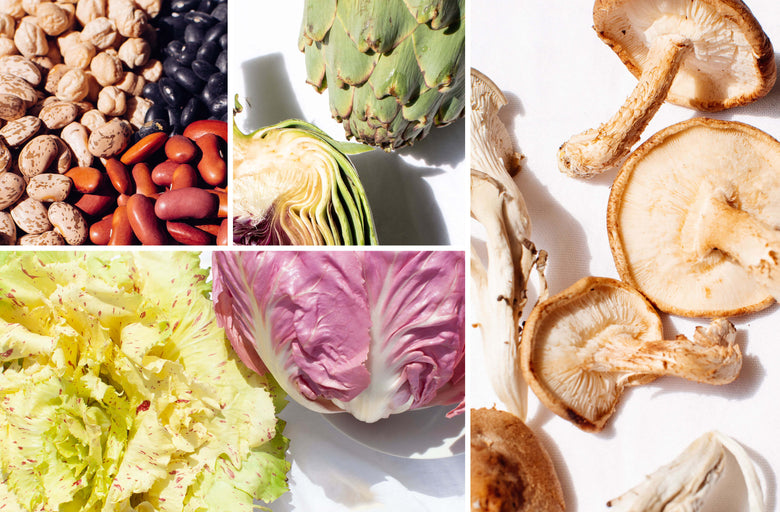Though we live in a global world, we should never forget that there are medicines growing all around us, right under our feet, no matter where we live. Yes, Ayurveda and Traditional Chinese Medicine are beautiful systems of medicine, but so too is picking red clover in a sun-dappled pasture in your own backyard, and then drying it for tea. This is folk medicine. Using the weeds beneath your feet, reclaiming them from their reputation as garden pests, and making simple medicines from them are all tenants of this down-to-earth approach to herbalism.
Weedy plants have so much medicine to offer, if only we’re paying attention. Harvesting them has a low impact on the environment, too. They grow back quickly, can be found almost everywhere, and are so very underappreciated.
Folding these weedy herbs into your diet can be quite easy, too. Herbal infusions, which are strong, long-steeped teas, are an efficient way to provide your body with a daily hit of vitamins, minerals, and other phytochemicals that promote overall well-being. In an herbal infusion, plants are chosen based on their nutritive value; meaning they heal by nourishing and flooding your body with vitamins and minerals.
In herbalism, the chemicals that are released into the menstruum are called the substrate, and the plant material are called the marc. Water is an excellent menstruum for phytochemicals like minerals, sugars, proteins, pectins, tannins, acids, antioxidants, and some essential oils. The hot water starts breaking down the cell walls of the plant material, releasing all the phytochemical goodness into the water. It’s one of the most organic and bioavailable ways to get minerals, polyphenols, antioxidants and herbal medicine into your bloodstream— and it’s even more critical as our modern soil doesn’t provide the same level of vitamins and minerals to produce as it once did.

Below is a small roundup of the most nutritious herbs for infusions. All of these herbs are nutritional powerhouses that complement a plant-based diet:
Nettle: A vitamin and mineral powerhouse. It has loads of nutrients, including B vitamins that strengthen hair and nails. It also acts as an antihistamine, kidney tonic, adrenal nourisher, and wonderful hair rinse. It tastes green, earthy and nourishing.
Oatstraw: Your nervous system's best friend. Over time its nutrients, namely calcium and magnesium, rebuild an exhausted nervous system, and it's also acutely calming. It's also fantastic for your GI tract, as it is full of soothing mucilage. It tastes really sweet and slightly grassy.
Alfalfa: Alkalizes the body, nourishes with vitamins and minerals, aids detoxification pathways and improves digestion. It tastes earthy and green.
Red clover: A wonderful herb for the female body. It provides protective phytoestrogens, aids detoxification pathways, and provides loads of antioxidants. It's also a fantastic lymphatic herb, thinning the lymph so that it moves more easily. It tastes sweet and faintly floral.
Red raspberry leaf: Most famous as a uterine tonic. Its constituents consist largely of tannins, which helps it tone tissues and also gives it a taste reminiscent of black tea.
Chickweed: A soothing and cooling herb, great for irritation and inflammation both inside and outside the body. It's also a powerful lymphatic herb and helps break down and carry away fat deposits in the body. It tastes light and green.
Burdock: A fantastic liver nourisher and lymph mover. Its deep taproot goes deep into the earth and pulls up minerals that we can, in turn, use to nourish our body. It tastes like a wonderful bitter, and some use it as a coffee replacement.
The process for making infusions is simple: Pour one quart of hot water over one ounce by weight of plant material, cover and steep overnight, and then strain and enjoy. This method of delivery is nothing new. Long-steeped teas have been around since antiquity, and the tradition was carried into modern times by a grandmother of herbal medicine, Juliette de Bairacli-Levy, better known as Juliette of the Herbs. They have since disseminated into popular herbal culture by modern herbalists like Rosemary Gladstar and Susun Weed.
Below is a simple infusion recipe of oatstraw that is wonderful because the results are immediately noticeable. It’s especially ideal for calming you down in acute situations, and over time, it builds the nervous system back up by nourishing and restoring nerve tissues. It’s high in calcium and magnesium, which are readily bioavailable food for your nervous system.
Oatstraw Infusion to Feed Your Nervous System
1 clean quart jar
1 ounce, by weight, of organic oatstraw
32 ounces of filtered water
Start by weighing out your oatstraw in your jar. Then, bring your water to a boil in a pot or kettle, and let it sit for five minutes. You want the water to be very hot, but not boiling, lest it break your jar. Once ready, pour the hot water over the oatstraw, saturating it well. I like to put on the inside lid of a mason jar, but leave off the ring so it doesn’t build pressure. Let your infusion sit for a minimum of four hours to a maximum of twelve. Overnight is perfect. Strain, then either refrigerate for a delicious cold drink or re-warm for a hot cup of tea. Drink 2 to 4 cups daily.
If you're interested in deep cellular hydration and mineral support, learn more about why it matters here.






